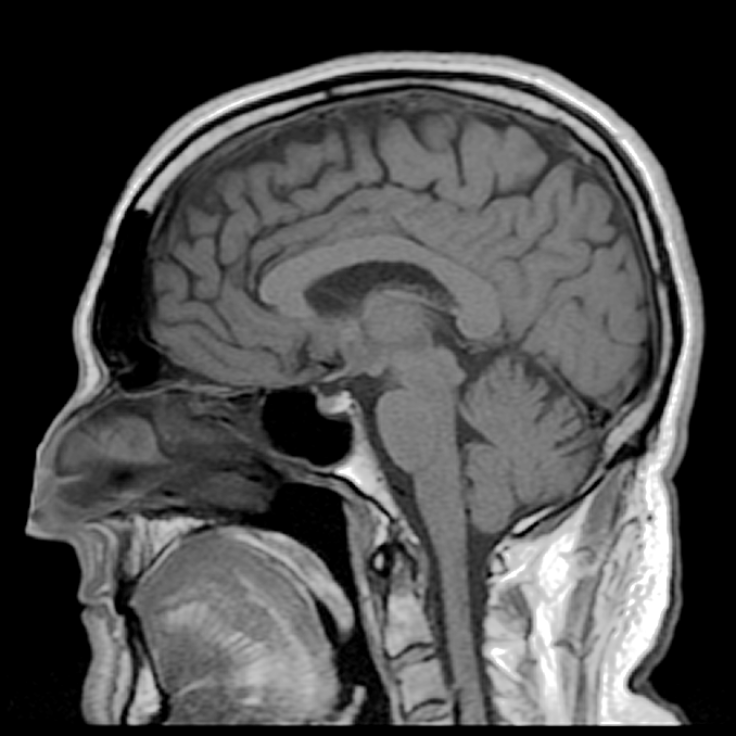Healthy Aging And Disease: Alzheimer's, Schizophrenia May Come From Similar Weak Spots In The Brain

The brain has a weak spot for disease, according to new research published in the Proceedings of the National Academy of Sciences.
Researchers from the University of Oxford used magnetic resonance imaging (MRI) scans to observe brain structure in 484 healthy people between ages 8 and 85. This approach made it so they could study age-related changes, or patterns, in the brain. And the scans revealed a sort-of brain network within grey matter that, although it developed later than the rest of the brain, is the first to degenerate, or declinate, as people age. Grey brain matter is often referred to when discussing age-related brain degeneration, yet this study is the first to show it’s more vulnerable than other networks. In other words, a weak spot.
“Our results show that the same specific parts of the brain not only develop more slowly, but also degenerate faster than other parts,” said Dr. Gwenaëlle Douaud, lead study author of Oxford University’s Centre for Functional Magnetic Resonance Imaging of the Brain, in a press release. “These complex regions, which combine information coming from various senses, seem to be more vulnerable than the rest of the brain to both schizophrenia and Alzheimer's, even though these two diseases have different origins and appear at very different, almost opposite, times of life.”
When Douaud and her team compared their study scans to those done on Alzheimer's and schizophrenia patients, they found significant similarities between the three. This would suggest certain areas of the brain play a role in the emergence of these diseases, which are basically polar opposites in terms of their characteristics.
Interestingly enough, in the early days, schizophrenia was considered “premature dementia,” Hugh Perry, chairman of the MRC's Neurosciences and Mental Health Board, said. A 2001 study in the Journal of Neurology, Neurosurgery & Psychiatry found schizophrenia patients experienced symptoms normally pointing to dementia, including disorientation, poor intellectual performance, and incontinence.
“This large-scale and detailed study provides an important, and previously missing, link between development, aging, and disease processes in the brain," Perry said. “It raises important issues about possible genetic and environmental factors that may occur in early life and then have lifelong consequences. The more we can find out about these very difficult disorders, the closer we will come to helping sufferers and their families.”
Source: Douaud G, et al. A common brain network links development, aging, and vulnerability to disease. PNAS. 2014.



























